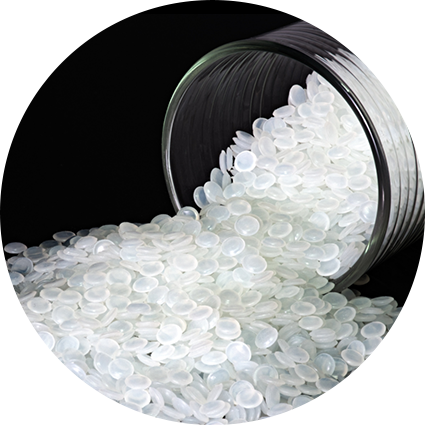As industries worldwide seek greener alternatives to traditional plastics, SWJ/M-3502 Wear-resistant insulating bio-based material has emerged as an innovative solution that combines environmental sustainability with high performance. But what makes this wear-resistant, electrically insulating material a breakthrough for modern manufacturing and environmental protection?
SWJ/M-3502 is primarily made from a blend of starch and polyethylene (PE), offering a renewable and non-toxic composition that reduces environmental impact. Its development aligns with global efforts to cut carbon emissions, slow down the greenhouse effect, and promote sustainable industrial practices, positioning it as a leading eco-friendly alternative.
Moreover, the material’s versatility across multiple industries, including packaging, electronics, automotive, and home appliances, makes it a practical choice for companies aiming to enhance product durability while meeting environmental standards. Its dual benefits of sustainability and functional performance make it an attractive material for future-oriented manufacturing.
How Does SWJ/M-3502 Contribute to Environmental Sustainability?
SWJ/M-3502 is designed to replace traditional plastics, many of which contribute heavily to environmental pollution and long-term ecological damage. By using renewable raw materials such as starch, the production of this Wear-resistant insulating bio-based material reduces reliance on fossil fuels and lowers carbon dioxide emissions.
The non-toxic nature of its components ensures that no harmful substances are released during production, usage, or disposal, protecting both human health and the surrounding environment. This feature makes SWJ/M-3502 a safer choice for applications that come into contact with people or sensitive ecosystems.
In addition, the material’s biodegradability and reduced environmental footprint make it suitable for circular economy practices, where products can be recycled or safely decomposed, minimizing waste and supporting long-term ecological sustainability. By adopting SWJ/M-3502, manufacturers can demonstrate a commitment to green development while maintaining high product performance.
Why Is SWJ/M-3502 Ideal for Packaging Applications?
In the packaging industry, traditional plastics pose significant environmental challenges, including pollution and slow decomposition. SWJ/M-3502 provides a green alternative that meets the same functional requirements as conventional plastics.
Its wear resistance and durability allow it to maintain structural integrity during transportation and storage, ensuring products are well-protected while using eco-friendly materials. This makes it particularly useful for packaging perishable goods, electronics, and consumer products that require strong and reliable materials.
Additionally, adopting SWJ/M-3502 in packaging helps companies reduce their environmental footprint and appeal to environmentally conscious consumers. By providing a biodegradable and renewable option, businesses can enhance brand image while complying with evolving environmental regulations.
How Does SWJ/M-3502 Serve the Electrical and Electronics Industry?
The electrical insulation properties of SWJ/M-3502 make it highly suitable for manufacturing electrical components such as housings, plugs, and connectors. Its stable insulating performance ensures safety and reliability in electronic devices, preventing short circuits or electrical hazards.
The material’s wear resistance also contributes to the longevity of electronic components, reducing maintenance needs and improving overall product durability. This combination of electrical safety and mechanical strength makes it an ideal choice for manufacturers looking to produce eco-friendly and high-performance electronics.
Moreover, using SWJ/M-3502 allows electronics manufacturers to integrate sustainable practices into their production lines, helping them meet environmental standards while maintaining functionality and reliability. This supports a greener electronics industry and aligns with global sustainability goals.
Why Is SWJ/M-3502 Suitable for Automotive and Home Appliance Parts?
In the automotive sector, materials must withstand wear, friction, and varying environmental conditions. SWJ/M-3502’s wear resistance and stability make it ideal for producing interior and exterior trims, dashboards, and other components. Its durability ensures long-lasting performance while reducing the need for replacements.
Similarly, in home appliances, the material can be used for durable and eco-friendly parts, such as casings, handles, or internal components. The combination of wear resistance and green characteristics ensures that appliances are both functional and environmentally responsible.
Furthermore, using SWJ/M-3502 in these industries allows manufacturers to enhance product value and environmental credentials simultaneously. Consumers increasingly prefer products made with sustainable materials, making SWJ/M-3502 a strategic choice for brands aiming to meet market demand for eco-conscious solutions.










